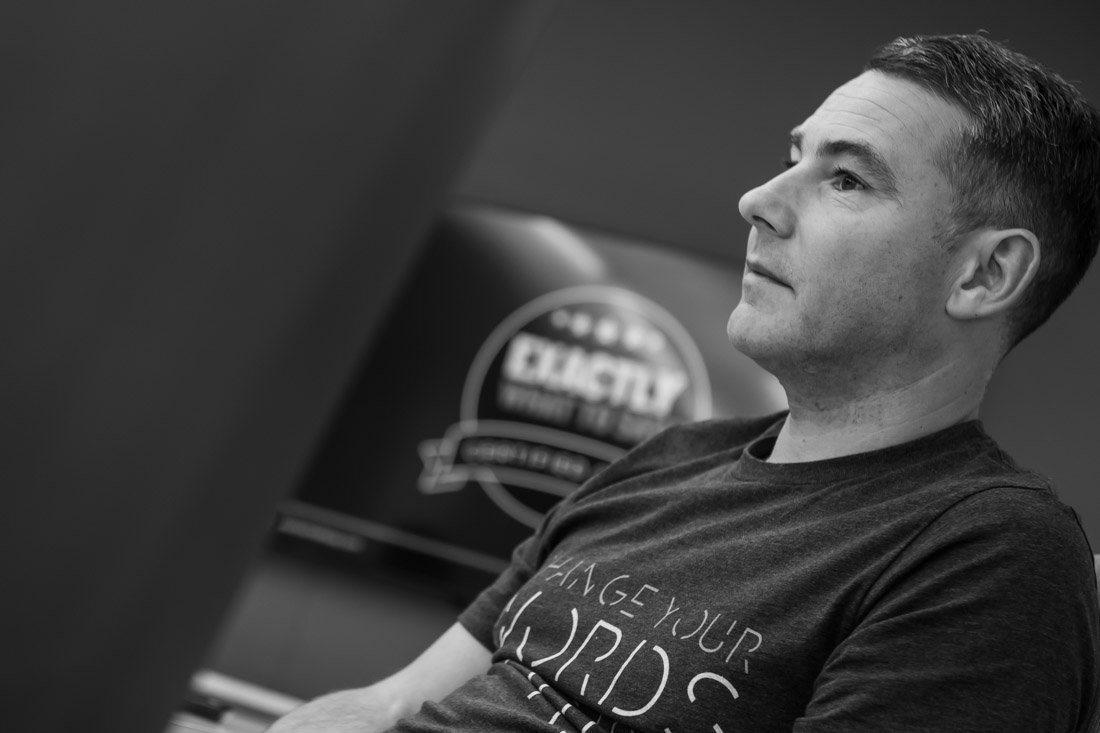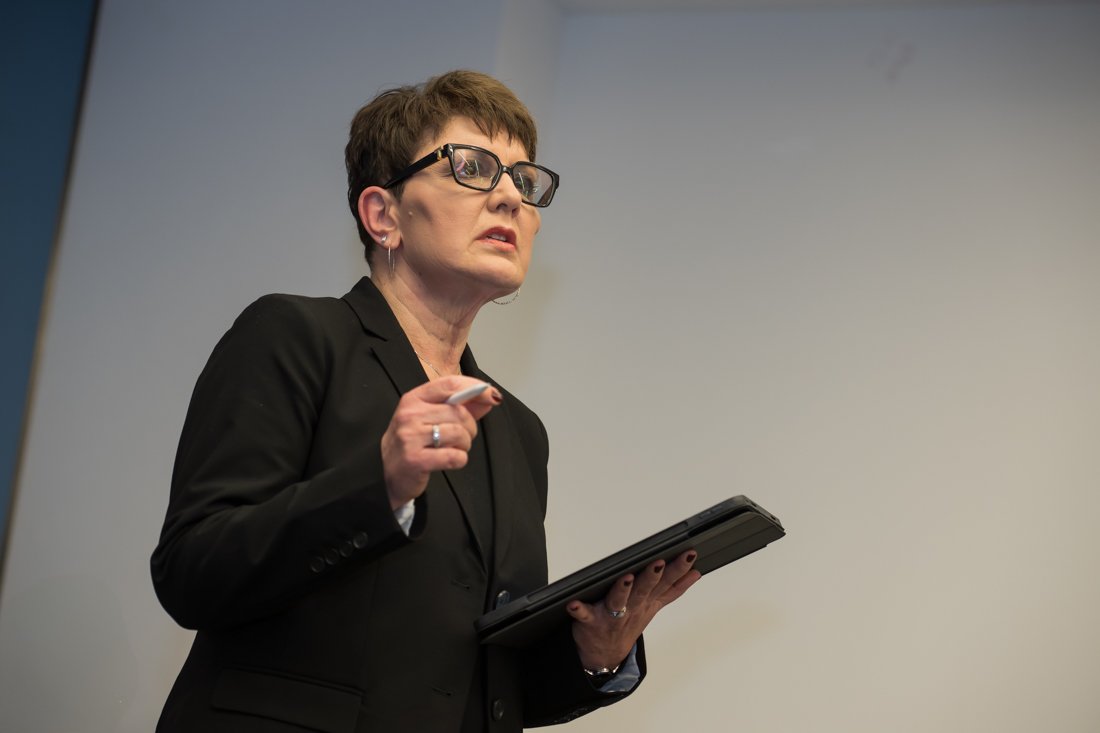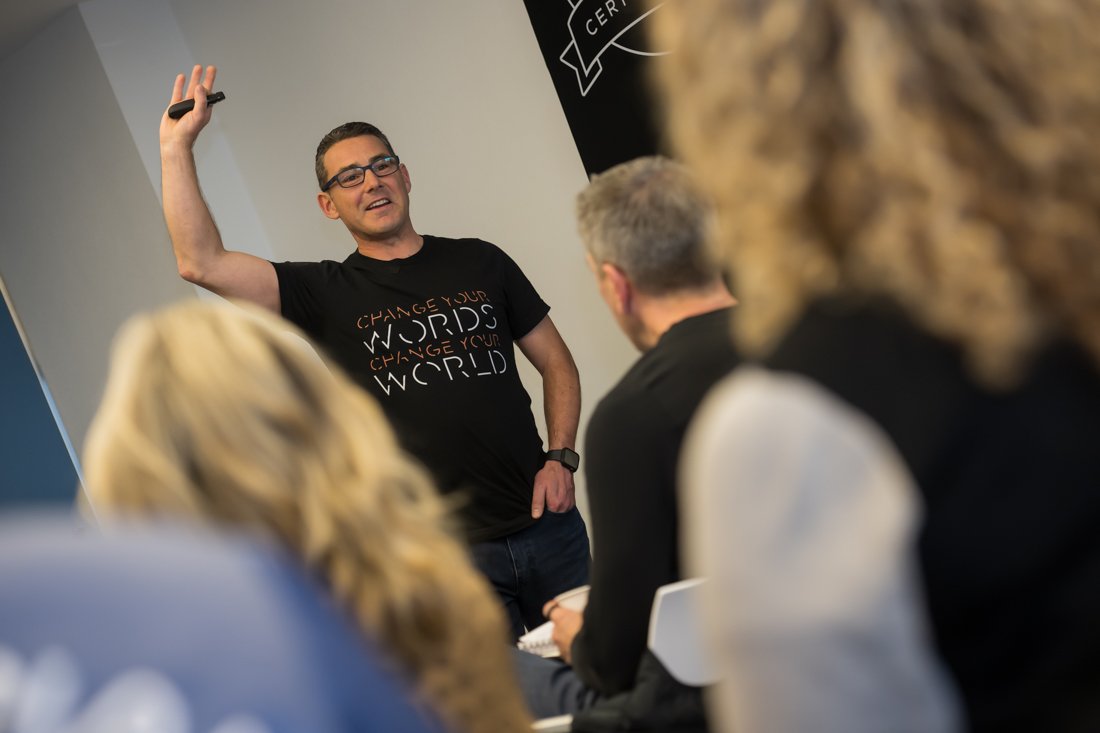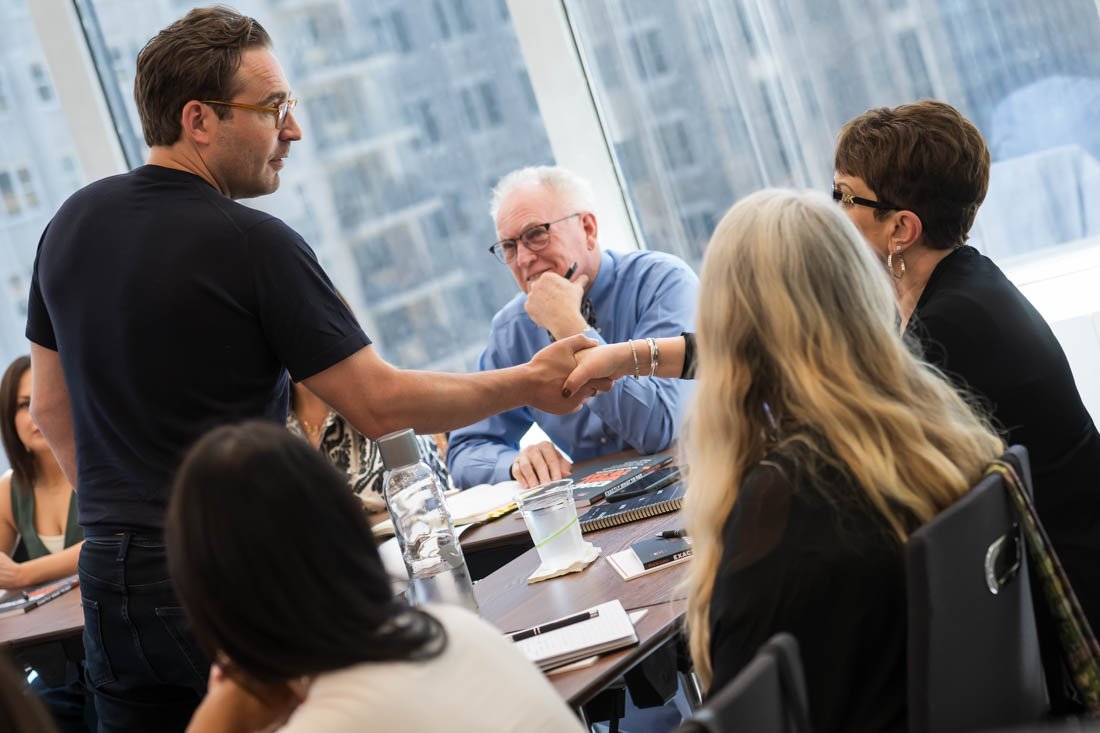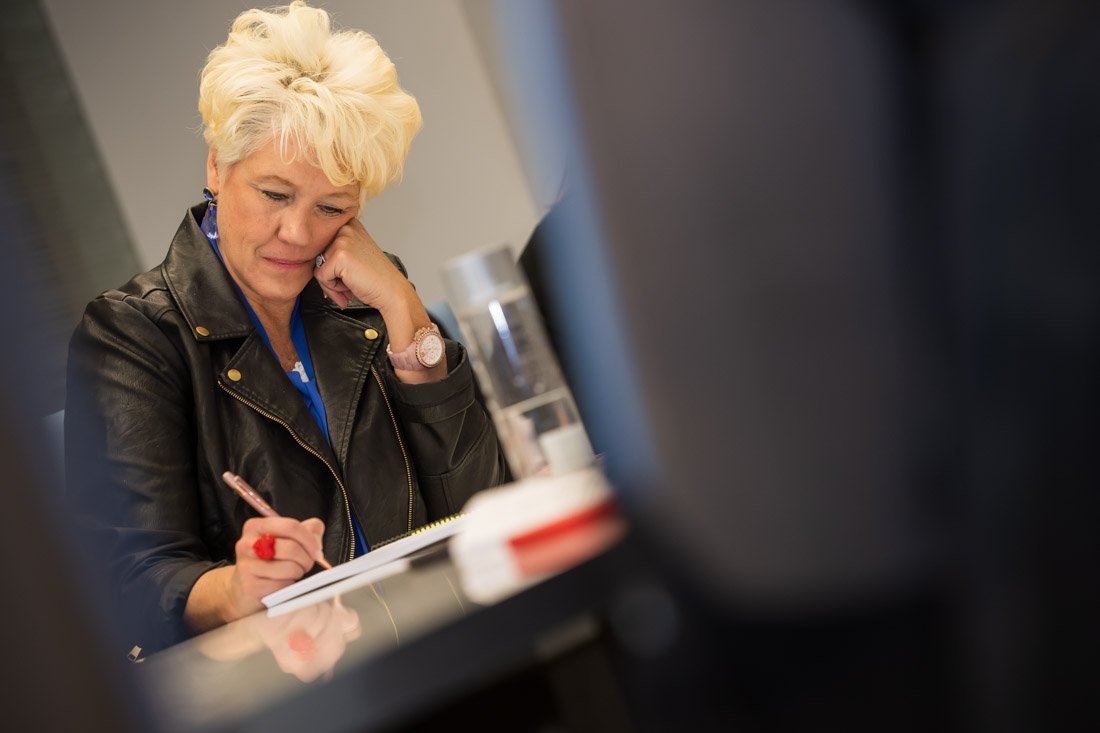As I coach leaders in communication, I keep hearing the same confession: “Marc, I know I should be curious about other people, but honestly? I’m not. I just want to get through the meeting and move on to the next thing.”
Curiosity is the best tool when engaging others, so what do you do when you’re told, “Just be curious”?
The Problem with "Just Be Curious"
Leadership involves being genuinely interested in people. Curiosity leads to asking better questions. And to showing up authentically.
So what do you do when you’re sitting across from someone and you’re genuinely not curious about their weekend plans or their thoughts on the quarterly budget? What do you do when your brain is already three meetings ahead? Or when you’re honestly more interested in getting through your to-do list than hearing about their project challenges?
Most of us try to fake it. We stop listening and start loading. Loading with the next generic question in our script. Or even mentally drafting our next email. They know it. We know it. It feels awkward for everyone.
Here’s something that may help.
Get Curious About the Process Instead
Sometimes, resetting your focus can transform your experience. If you can’t get interested in the person, try getting interested in the process.
This shifts from feeling you need to force fake enthusiasm while keeping you focused on the present, observing what is happening in real time.
You could find yourselves asking questions like: How do my questions land with them? When do they lean, in versus pull back? What words made their eyes light up? What topics did they circle back to without prompting?
If you’re a bit like my clients, you’ll soon find yourself paying attention in a completely different way. Even if you’re finding the content repetitive, you can become genuinely fascinated by the dynamics.
Why This Actually Works Better
When you focus on the process, several things happen:
You become genuinely present because you’re actively gathering data. You’re watching for micro-expressions, listening for energy shifts, noticing patterns. Your brain is engaged, which means you’re not mentally somewhere else.
You ask better questions. Instead of generic interview questions, you’re responding to what you’re observing: “I noticed you got more animated when you mentioned the client meeting. What was different about that interaction?”
You discover things you wouldn’t have otherwise. When you’re tracking how your words affect them, you learn what motivates them, what worries them, what energizes them. This isn’t manipulation—it’s intelligence gathering that serves both of you.
And you stop feeling guilty about not being naturally curious about everyone. Sometimes we would prefer to be doing something else. Or the sales process stops sparking immediate interest for us, and that’s okay.
But the process of human interaction? That’s endlessly fascinating once you start paying attention.
How to Practice This Tomorrow
Pick one conversation where you’re not naturally curious about the person or topic. Instead of forcing interest in what they’re saying, watch for:
- Which questions make them pause to think, versus respond immediately?
- When their posture changes—do they lean in or sit back?
- What subjects they return to without prompting
- How their tone shifts when they talk about different topics
- Which words seem to energize them versus drain them
After the conversation, jot down what you noticed. Not what they said, but how the interaction flowed. What worked? What didn’t? What would you try differently next time?
The Data You’ll Start Collecting
Once you begin watching the process, you’ll notice patterns. Priya opens up when asked about challenges, but shuts down when asked about successes. Hassan gets defensive with “why” questions but responds well to “how” questions. Jennifer’s energy dips when you use corporate jargon but perks up when you speak conversationally.
This practical communication data makes you more effective with every interaction. And helps you serve those around you better.
When Curiosity Becomes Natural Again
Here’s the surprising part: When you get fascinated by how conversations work, you just might find yourself becoming genuinely curious about the people in those conversations. You might start wondering what shaped their communication style, what experiences taught them to respond the way they do, what they need from you to feel heard.
The process-focused curiosity becomes a bridge to person-focused curiosity. You’re no longer faking interest—you’re developing real interest through a side door.
The Leadership Advantage
Leaders who grow in curiosity have a distinct advantage. They read rooms better. They know how to adjust their communication style mid-conversation. They build trust faster because people feel truly heard.
Most importantly, they stop feeling like frauds for not being universally curious about everything. They’ve found a way to show up fully that works with their natural wiring instead of against it.
So the next time you’re in a conversation and you realize you’ve stoped listening and you’ve started loading, remember: Get curious about the process. Watch how your words land. Notice their responses. Gather data about what creates connection.
You might discover that the most interesting thing in the room isn’t exactly what they say—it’s what’s happening between you while they’re saying it.



